
O, it is monstrous, monstrous:
Methought the billows spoke and told me of it;
The winds did sing it to me, and the thunder,
That deep and dreadful organ-pipe, pronounced
The name of Prosper: it did bass my trespass.
From AP article
Night will turn to day in the eclipse's route and a corona will glow around the edges of the moon as it comes between the earth and the sun. But the corona's light can burn eyes.
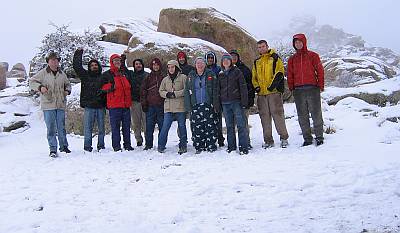
Some 2 inches of snow fell on our campsite Tuesday morning at 4100ft near Knob Hill some 12 miles northeast of Searchlight, NV.

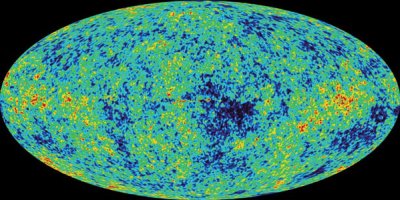
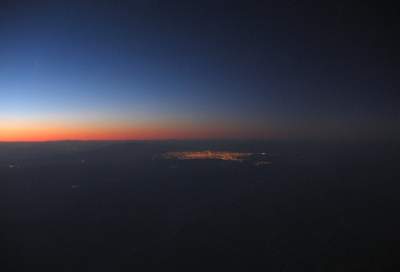
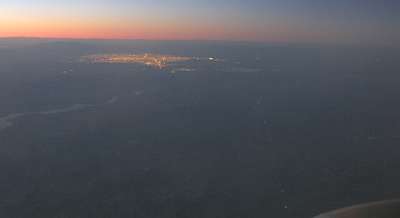

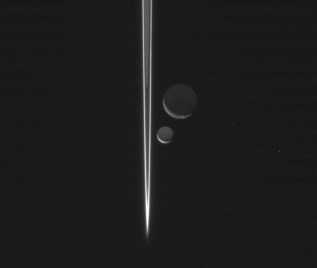

The consequences of these unprecedented reductions would be to cripple the ability of NASA's science enterprise to create the next generation flight missions and worse of all it will short-circuit the careers of many young scientists. Precisely the opposite of what this country needs to remain competitive.
And all these cuts are immediate – today, in the 2006 budget year. Grants are to be reduced immediately, dimming the prospects of many young, motivated students now.
What kind of message is that to the best and brightest of American's hopes for a rich technological future? And if there is to be any science at all in human space flight to the Moon and beyond, it needs to come from these young people.
The bottom line is that the future of our Nation's solar system exploration enterprise has been mortgaged. The momentum of current mission development will carry it for about two years, and then the bottom begins to fall. We must sustain the science and technology that will afford us a new future when we get there two years from now.



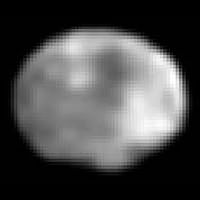
On one side, a unitary executive allows the president to carry out the laws with speed and dispatch. But the Founders also checked executive power because of their deep fear of the dangers that a standing army posed to the safety and security of the nation. Nothing in Article II gives the president an exclusive control over national security issues, nor reduces Congress to a mere spectator on the grand events of the day. The Congress makes the rules; the president carries them out. That was the formula of 1787. It is the formula of 2006.--Richard Epstein, Wall Street Journal, March 1st.